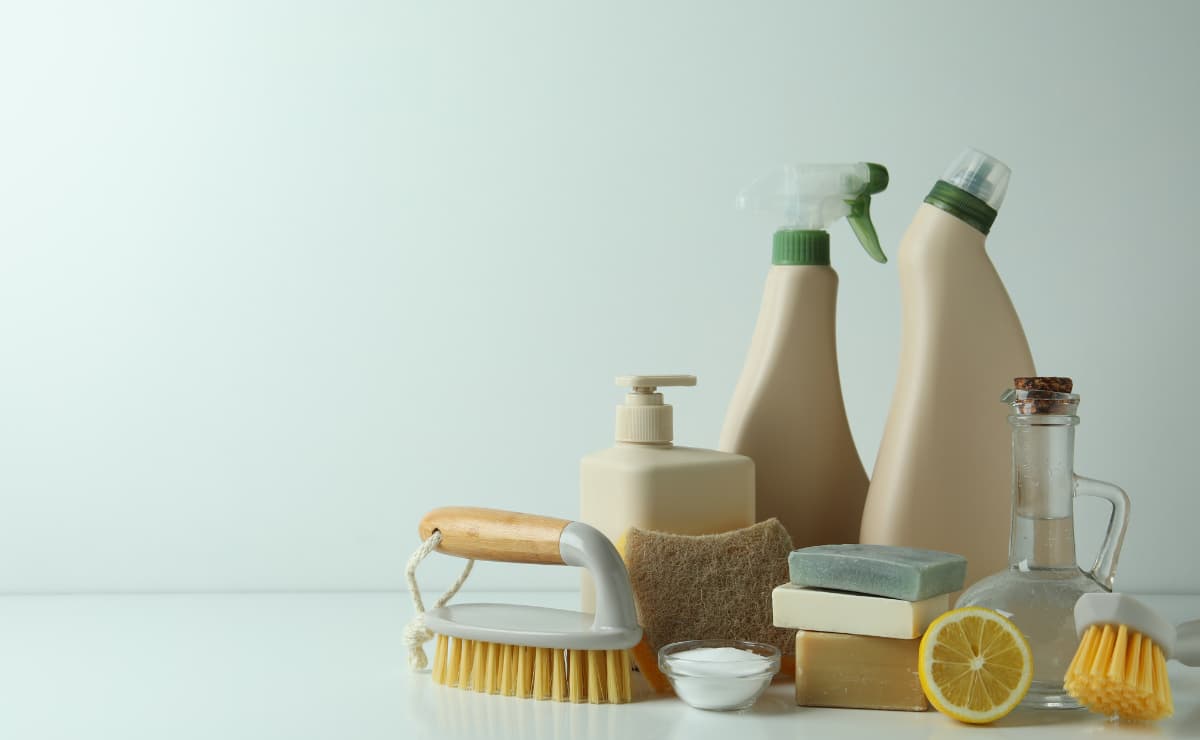Homemade methods of household cleaning are widespread. In many cases, they are ideas passed down from generation to generation. In other cases, they are widespread ideas that seem like absolute truths and may not be. Many false myths exist in the United States about how to clean our homes.
In many cases, these false myths are not ineffective. What happens is that compared to other cleaning systems, methods, or tips, they are less effective. However, repeating the same way of doing things over time can lead us to think that we are cleaning the right way.
How to detect ineffective home cleaning methods?
The truth is that we are usually satisfied with our cleaning methods. We have been using them for a long time and think they are the best. The right way to find out if our homemade cleaning method is better than other alternatives is to test those alternatives. A comparison is always a good idea.

However, to help guide you a little more on this question, we will show you three myths about home cleaning methods that are widespread in the United States and that are not very effective.
False Myth 1: Using mixtures of products or homemade solutions is better
A very high percentage of Americans think mixing certain products or manipulating some products is more effective for cleaning than the packaged industrial products themselves. For many Americans, cleaning with vinegar and bleach works best for any household cleaning challenge.
The reality is that while these types of homemade methods may work on some types of surfaces, they are also very aggressive on others. In addition, there are specific products created to clean and sanitize more effectively, quickly, and with less product consumption.
False Myth 2: It doesn’t matter what type of cloth you use for cleaning
That is another great (false) myth of household cleaning in the USA. There is a tendency to think that the best clothes for cleaning are those that use old rags or even discarded and cut-up clothes to do the job or, even worse, the use of paper or wipes. The truth is that not only is this not true, but it is also very inefficient and contributes very little to sustainability.
Nowadays, the market offers a lot of alternatives with microfiber cloths, highly resistant, with a great capacity to capture dirt, dust, etc., and that have a very long life.
In this case, it is not only necessary to consider cleaning efficiency, which is far superior in specific products such as microfiber cloths. We must also consider the importance of using less natural raw materials to contribute to sustainability.
False Myth 3: Cleaning products have no real shelf life
That is another of those widespread myths: cleaning products last much longer than the capacities indicated on their packaging and containers. This myth achieves that, in many cases, products with little use accumulate and that, with time, can see how the containers deteriorate.
Furthermore, although in many cases, the dates indicated on the packaging refer to recommended periods of use, the truth is that with time, most cleaning products lose efficiency. In other words, in addition to being potentially dangerous, they are also less effective and clean worse.